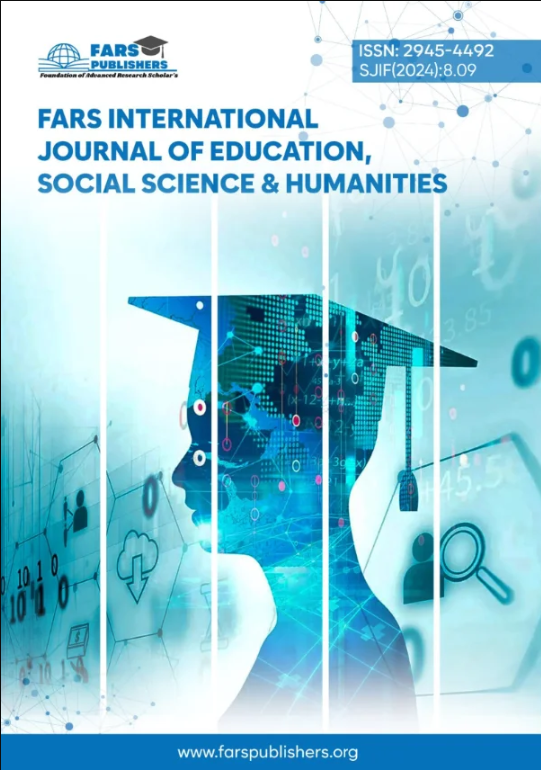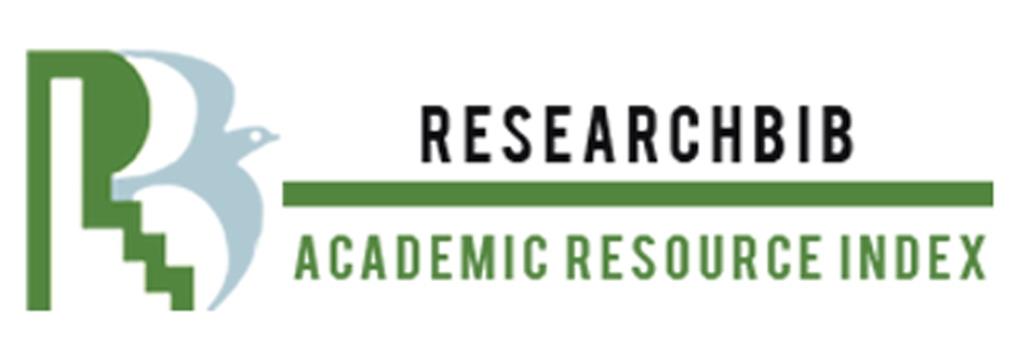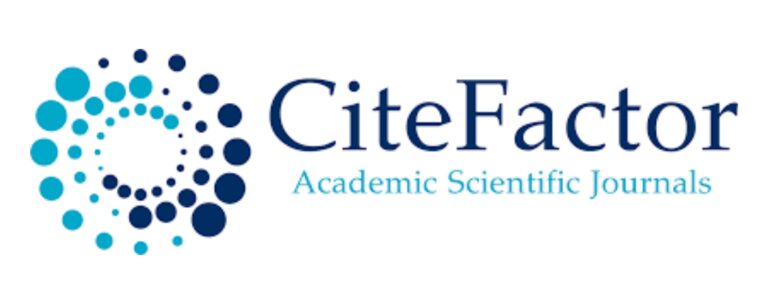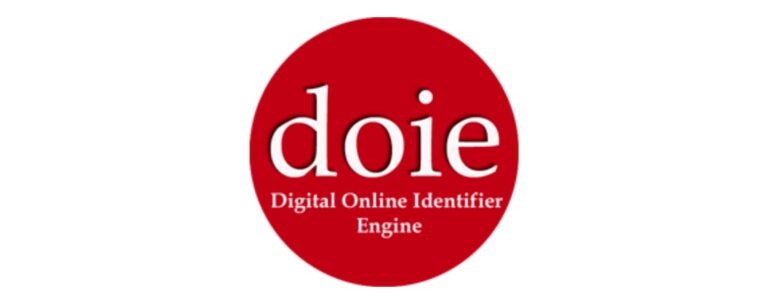THE ROLE OF PSYCHOLOGY IN PRIMARY CARE: AN INTEGRATED APPROACH TO HEALTH
Abstract
This article is dedicated to the role of psychology in primary healthcare, which includes a set of accessible and integrated services designed to meet patient needs. Key aspects of the interaction between psychology and medicine are discussed, with particular attention to the importance of considering the psycho-emotional state of patients, the application of communication skills, and the integration of psychological approaches in the work of doctors. The article emphasizes the significance of the psychosocial context in diagnosing and treating diseases and highlights how psychological support contributes to improving patient health. The integration of psychology into primary healthcare allows for more effective management of issues related to chronic diseases, stress, depression, and other psycho-emotional disorders, thereby improving the overall quality of healthcare services and patient satisfaction.
Downloads
References
Starfield, B. (1998). Primary Care: Balancing Health Needs, Services, and Technology. Oxford University Press.
Engel, G. L. (1977). The need for a new medical model: A challenge for biomedicine. Science, 196(4286), 129–136.
Selye, H. (1956). The Stress of Life. McGraw-Hill Education.
Platonov, K. K. (1968). The Word as a Physiological and Therapeutic Factor.
Stewart, M., Brown, J. B., Weston, W. W., et al. (2013). Patient-Centered Medicine: Transforming the Clinical Method. CRC Press.
Myasishchev, V. N. (1960). Personality and Neuroses.
Lazarus, R. S., & Folkman, S. (1984). Stress, Appraisal, and Coping. Springer.
Thoits, P. A. (2010). Stress and health: Major findings and policy implications. Journal of Health and Social Behavior, 51(S), S41–S53.
Taylor, S. E. (2006). Health Psychology. McGraw-Hill Education.
Ribot, T. (1882). Diseases of Memory: An Essay in the Positive Psychology.
Bekhterev, V. M. (1905). General Principles of Reflexology.
Frank, J. D., & Frank, J. B. (1993). Persuasion and Healing: A Comparative Study of Psychotherapy. Johns Hopkins University Press.
Madaminjonovna, G. S., & Bahiru, K. (2024). THE IMPORTANCE OF TIME MANAGEMENT IN TEACHING PROCESS. International Journal of Education, Social Science & Humanities, 12(3), 686-690.
Madaminjonovna, G. S. (2024). REALIAS, WORDS EXPRESSING NATIONAL IDENTITY, CHARACTERISTICS OF THEIR RECREATION IN TRANSLATION. JOURNAL OF MULTIDISCIPLINARY BULLETIN, 7(1), 195-199.
G'OFUROVA, S. M. THE ESSENCE OF THE USE OF INTERACTIVE TECHNOLOGY IN TEACHING A FOREIGN LANGUAGE. АКТУАЛЬНЫЕ НАУЧНЫЕ ИССЛЕДОВАНИЯ В СОВРЕМЕННОМ МИРЕ Учредители: Общественная организация" Институт социальной трансформации", 62-66.
Sarvara, G. O. (2023). READING STRATEGIES UNDER THE ESP APPROACH. UNIVERSITETI XABARLARI, 1(1).
Abakulovna, K. O. (2022). AN APPROACH OF IMPROVING ARCHITECTURE STUDENTS’ENGLISH VOCABULARY. Galaxy International Interdisciplinary Research Journal, 10(2), 118-121.
Turg‘unov, S. (2023). O ‘ZBEK XALQ O ‘LANLARIDA ETNIK MANSUBIYAT IFODASI. Farg'ona davlat universiteti, (2), 89-89.
Turg‘unov, S. (2022). HARBADOSHLARNING O ‘LANGA NISBATAN TA’RIFI XUSUSIDA. Farg'ona davlat universiteti, (3), 30-30.
Dolikhonovich, T. S. (2024). RELATED TO THE MARRIAGE WEDDING CEREMONY IS THE STUDY OF LYRICAL GENRES. American Journal of Philological Sciences, 4(01), 31-37.
Turgunov, S. D. (2019). ОБ АРЕАЛЬНЫХ СВОЙСТВАХ НАМАНГАНСКИХ НАРОДНЫХ ПЕСЕН. Theoretical & Applied Science, (5), 24-29.
Turgunov, S. D. (2018). GENRE CHANGES (UNDERGARMENTS) AND ITS POETIC FEATURES IN THE NAMANGAN CHILDREN'S FOLKLORE. ISJ Theoretical & Applied Science, 7(63), 52-57.
Тургунов, Ш. Д. (2018). ЖАНР ЧАНДИШ (ПОДДЁВКИ) И ЕГО ПОЭТИЧЕСКИЕ ОСОБЕННОСТИ В НАМАНГАНСКОМ ДЕТСКОМ ФОЛЬКЛОРЕ. Theoretical & Applied Science, (7), 52-57.
















